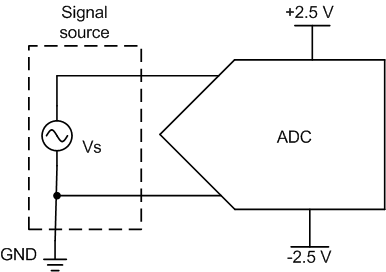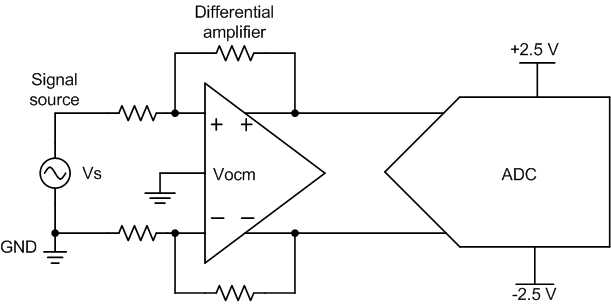Other Parts Discussed in Thread: ADS131E08, , THS4531, ADS131A04EVM
Hi,
I have ADS131E08 EVM PDK kit.
When I gave 50 mVpp input through Function generator to Channel 1 on the kit. It is giving distorted output on scope. For reference please see the screenshot of scope as well as ADC register settings:
Scope analysis:
Settings:
We also tried to give test input signal and we got this on Scope:
Settings:
We have given 6VDC input through power adapter to MMB0 board as mentioned in user manual.
Can you please tell us what can be the issue?
regards,
Tejaswini




